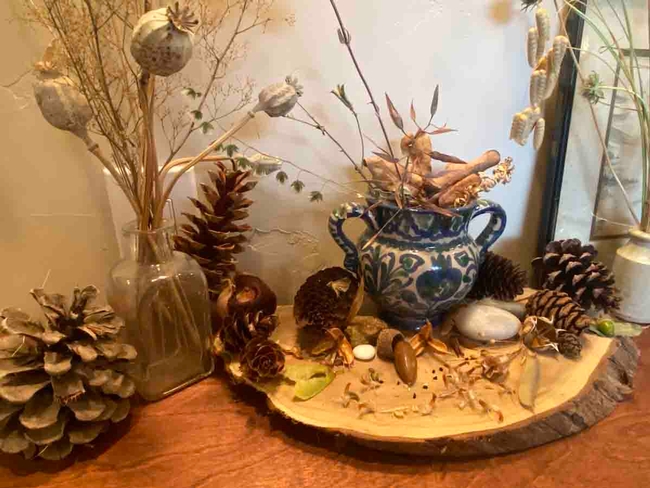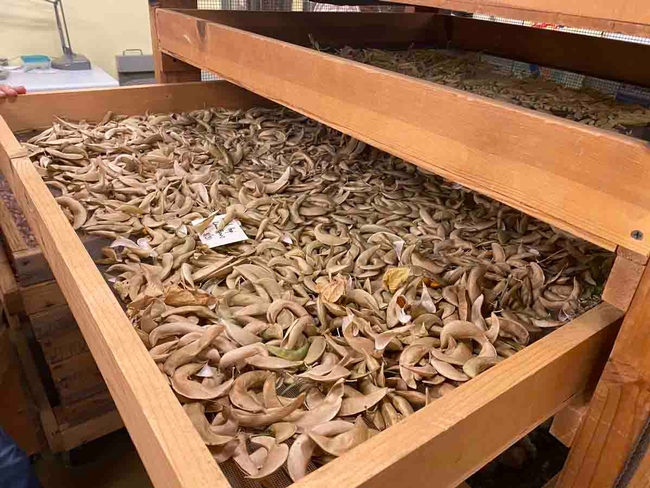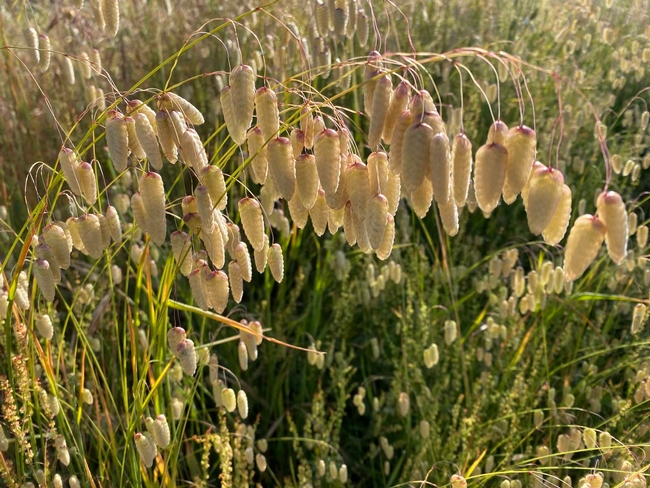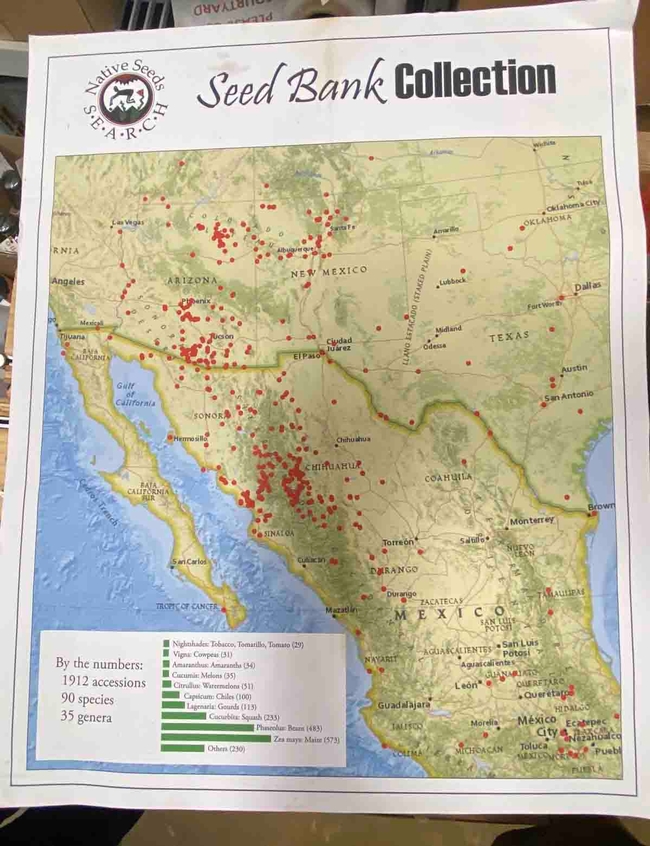“You should learn to plant something. This is the first connection.” Floyd Red Crow Westerman

Which is our future. Because “seed is of course where most of our food, or the food of our food, originates” (p 181). Without access to healthy, diverse, viable seed stock, terrestrial life would perish. One thread that runs through this book details the many ways in which seed is under threat, while it also celebrates the individuals and groups working to keep the world's seed stores safe from monopoly, genetic modification with pesticides and herbicides, and extinction.

To answer the obvious follow-up question of why a “notorious petrochemical company and then a pharmaceutical company [would] be interested in seed at all?” Jewell explains that it is “…because seed is very, very big financial business – especially when tied to the petrochemical fortunes of fertilizer, pesticides, herbicides, and patented commodity seed that has to be purchased new every year” (p 101).
Jewell points out that against this push by corporate interests to control seed and manipulate its genetics stand a large number of non-profits the world over which breed, save, and distribute a wide variety of heirloom seeds, as well as ancient indigenous seeds which carry the history and culture of the first peoples in their DNA. In the face of a changing climate and reduced natural habitat, our survival is dependent on biodiversity. After all, as environmental activist Vandana Shiva has noted, “Cultivating and conserving diversity is no luxury in our times: it is a survival imperative.”

Woven into the academic research material and information gained from interviewing those who work with seeds and plants are profoundly personal reflections about the place and time that Jewell inhabits. Discussions of her current and past life experiences augment and illustrate the themes the book encompasses. She has structured this book in a way that allows her to zoom in and explore the ecosystem in which she lives, but also to place that ecosystem into a global context. For this reader, that structure is where the real power and beauty of Jewell's book lies.
Divided over a period of 13 months (starting in October and ending the following October), each chapter is part monthly journal, part “quasi-memoir,” and part seed textbook. This allows Jewell to illustrate the crucial nature of biodiversity at the scale of our local ecosystem while emphasizing how that biodiversity is important to the sustainability of seed, and thus life, at a world-wide scale.

Essentially, the strength of the whole can be found in the part – global bio-sustainability rests on local biodiversity. “In fact, biodiversity swarms in little windblown eddies of time and space on the leeward side of anything with mass: sage, mountain mahogany, rocks, sticks, the dry mineral slopes themselves” (p 216). Which is an awfully strong reason for the conservation of wild places, and an argument for maintaining connections between plant and animal wildlife corridors. This is where we all can make a difference: Jewell urges you to replace your lawn with habitat for insects and animals, therefore contributing to the wild diversity found in nature.
There are many fascinating and significant threads to follow in Jewell's book, including the theme of how closely the lives of plants, and their seeds, are entwined with those of animals (including humans). If you are tempted to believe that we are somehow separate from the seeds that sustain us, and from the ecological systems that sustain seeds, Jewell's homage to seeds will help you value your place in this world. As John Muir noted well over one hundred years ago, “When we try to pick out anything by itself, we find it hitched to everything else in the universe.”
UC Master Gardeners of Butte County are part of the University of California Cooperative Extension (UCCE) system. To learn more about us and our upcoming events, and for help with gardening in our area visit our website. If you have a gardening question or problem, email the Hotline at mgbutte@ucanr.edu or leave a phone message on our Hotline at 530-552-5812. To speak to a Master Gardener about a gardening issue, or to drop by the MG office during Hotline hours, see the most current information on our Ask Us section of our website.